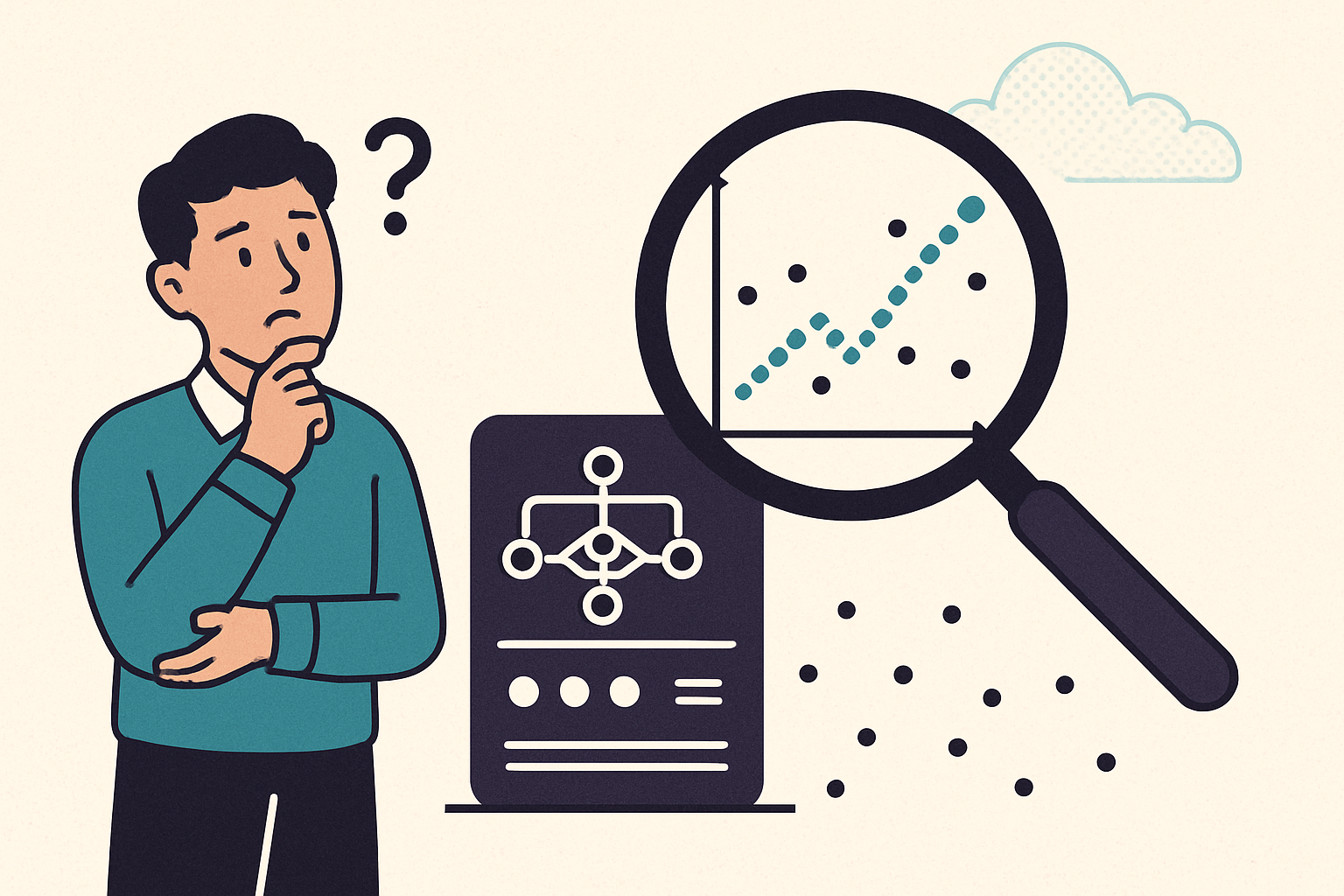
Imagine you’re doodling on squared paper during a long bus ride. You start by coloring a few squares randomly. Then you make up a rule: “If a square has two colored neighbors, color it next turn; otherwise leave it blank.” You move to the next row, applying the rule repeatedly. At first, it feels like nothing special. But suddenly, shapes appear—lines, triangles, even messy bursts that seem almost alive. That moment when order emerges from randomness feels magical, yet it follows from just a few simple steps.
According to Stephen Wolfram, whose work explores the hidden patterns behind these kinds of drawings—called cellular automata—this magic isn’t accidental. He explains that even elementary rules, when repeated repeatedly, can create four distinct “personalities” of behavior. Some rules calm everything down until all squares look the same. Others make small, repeating shapes that move or remain stationary. Some explode into chaos, filling the page with unpredictability. And a few very special rules mix order and chaos in a way so rich that they can even perform a kind of computation, similar to how a computer processes information.
To picture this, imagine baking cookies with four different cookie doughs. One dough always flattens into a smooth cookie, no matter what shape you start with—that’s like the rule that makes everything look uniform. Another dough always forms neat little bumps or rings—that’s the rule that creates simple repeating structures. A third dough spreads unpredictably, making patterns that never look the same twice—this is the chaotic dough. And finally, the fourth dough sometimes forms bumps, sometimes remains flat, and sometimes creates complex patterns that resemble miniature machines. Wolfram shows that this last type is potent because its results can’t be predicted without actually going step by step, just like running a program.
What makes this useful for everyday life is realizing how often simple rules create complex outcomes. Imagine a group chat where one person responds to a message, and then others react to that response. A tiny interaction can ripple outward and shape the whole conversation. Or think of routines: hitting “snooze” once might seem harmless, but repeated daily, it shapes your whole morning rhythm. Small rules, repeated over time, add up. Wolfram’s point is that complexity doesn’t always come from complicated instructions—it often comes from elementary ones applied consistently.
It’s also a reminder that not everything can be predicted just by analyzing the rules. Some processes (such as how ideas spread online, how habits form, or how friend groups evolve) can only be understood by observing them unfold. Wolfram’s fourth type of behavior teaches us that even if we know all the rules, we might still need to observe change step by step. That’s not a limitation—it’s an invitation to explore, experiment, and stay curious about the patterns that shape our daily lives.
Reference:
Wolfram, S. (1984). Universality and complexity in cellular automata. Physica D: Nonlinear Phenomena, 10(1–2), 1–35. https://doi.org/10.1016/0167-2789(84)90245-8
Privacy Notice & Disclaimer:
This blog provides simplified educational science content, created with the assistance of both humans and AI. It may omit technical details, is provided “as is,” and does not collect personal data beyond basic anonymous analytics. For full details, please see our Privacy Notice and Disclaimer. Read About This Blog & Attribution Note for AI-Generated Content to know more about this blog project.



